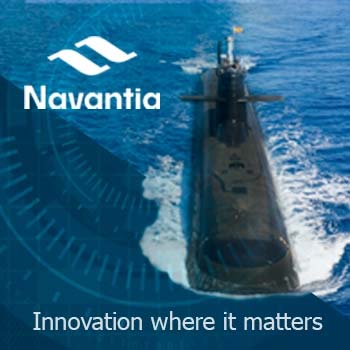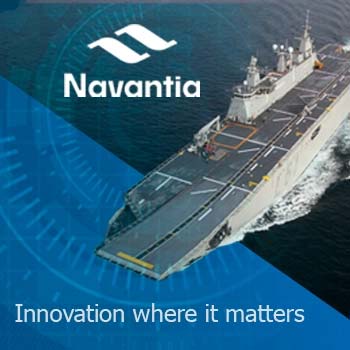SAN DIEGO, CA. General Atomics (GA) announced on May 20 that its Nuclear Technologies and Materials (NTM) division has been integrated into GA’s Electromagnetic Systems (GA-EMS) group.
The integration of NTM into GA-EMS provides greater synergies to support continued collaboration on several critical activities and the application of GA’s disruptive technologies to develop new market opportunities in advanced materials, energy, and space.
“NTM brings an exciting new level of expertise to GA-EMS,” stated Scott Forney, president of GA-EMS. “GA has a proud history in the nuclear industry dating back to the development of the Training, Research, Isotopes, General Atomics (TRIGA®)research reactor.
We have continued to innovate and discover new ways to design unique reactors for specific missions. We can now combine and leverage that experience with our proven space systems technologies to create new energy solutions for use both in space and on Earth. In particular, we are focusing on growing DOD and NASA opportunities for in-space propulsion and power systems.”
Since the inception of the NTM division in 1956, 66 TRIGA reactors have been built. The system’s exceptional safety and reliability have allowed some of the reactors to be sited near hospitals and in universities. In advancing the state-of-the-art, GA led the way to fabricate the NASA-AEC Project Rover fuel kernels. Project Rover was one of the United States’ first programs to demonstrate the applicability of space-based nuclear thermal propulsion.
GA also demonstrated the first use of helium as a successful coolant at Peach Bottom Atomic Power station in Pennsylvania, helped develop the alloy 800H for nuclear steam generators, and fabricated and demonstrated the first use of TRISO fuel in the United States at Ft. St. Vrain Generating Facility in Colorado. Today, NTM pursues innovation with a strong emphasis in the division’s technology portfolio on engineered materials for nuclear and non-nuclear applications.
NTM continues to push the bounds of what is possible to find solutions. A good example is in the advanced materials like SiGA™, a ceramic composite that allows nuclear fuel rods to function at extremely high temperatures – much higher than current metal materials. The rich history and current innovations in the nuclear and space industries, are critically important and provide a strong foundation as GA-EMS explores ways to make space nuclear thermal propulsion a reality.
“Whether on land or in space, we are committed to delivering the best technologies and materials to successfully operate in harsh environments and reach higher efficiencies,” said Dr Christina Back, vice president of NTM.
“In the Department of Energy Accident Tolerant Fuel Program for current nuclear reactors on land, it is all about high temperature resistance and being leak tight for a higher safety margin. In space, it is about resistance to temperature extremes, and intelligent design, to reduce launch weight and allow for more variability in the payload and mission. For both, the goal is – Innovation Made Real.”










